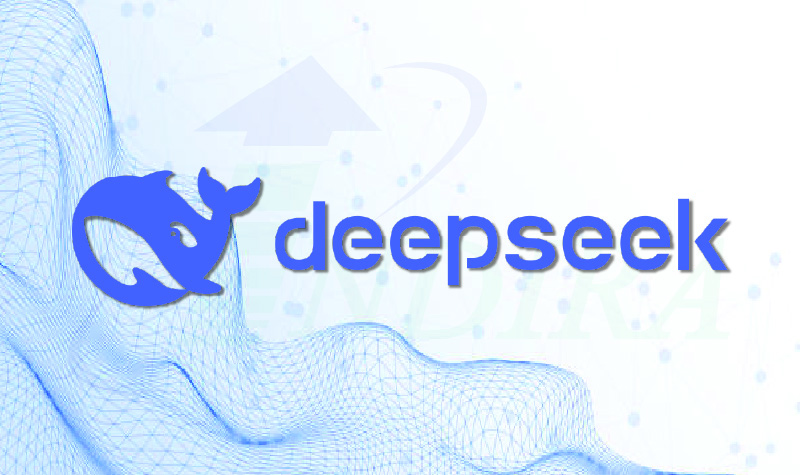Your Daily Brew May Soon Cost More
That morning cup of coffee you rely on could soon dent your wallet even more. Whether it’s a frothy cappuccino from your go-to café or a jar of instant coffee from the grocery aisle, prices are climbing as retailers and brands worldwide contend with unprecedented spikes in coffee bean costs.
This price surge isn’t just affecting consumers—it also has implications for the stock market, especially companies involved in coffee production and retail. Investors tracking best intraday stocks or looking to invest in the share market should keep an eye on coffee-related FMCG stocks like Tata Coffee, CCL Products, and Nestlé India.
Global Supply Woes Hit Home
The root of the problem lies in disrupted production from Brazil and Vietnam, the world’s leading coffee exporters. Brazil, responsible for much of the globe’s Arabica beans, is enduring its most severe drought in 40 years, devastating crop yields and slashing forecasts for the 2025-26 season. Meanwhile, Vietnam, the top Robusta producer, faces typhoons and unpredictable weather, damaging harvests and lowering bean quality. These challenges have sent commodity futures for both varieties skyrocketing: Arabica prices surged nearly 70% in 2024 alone, while Robusta recently hit an all-time high.
For traders using best online trading platforms, these price swings present both risks and opportunities in commodity and FMCG stocks. Investors keen on best intraday stocks may look for short-term volatility plays in coffee-related companies.
Domestic Ripple Effects
Indian coffee brands and chains are caught in the crossfire. Blue Tokai, a popular specialty chain, raised prices in November and may do so again by May. CEO Matt Chitharanjan notes that while per-cup increases of ₹5–₹12 are inevitable, steeper hikes risk alienating customers.
Similarly, the Indian Coffee Roasters’ Association announced a phased ₹200/kg increase for Arabica and Robusta powders, with prices expected to breach ₹1,000/kg and ₹850/kg, respectively—a stark jump from ₹600/kg and lower a year ago. This cost pressure is likely to impact coffee companies’ stock prices, making them a key sector to watch for those looking to invest in the share market.
Corporate Countermeasures
Brands are adopting varied strategies to cope. Nestlé India’s chairman, Suresh Narayanan, calls the situation “chaotic,” citing a 75% annual cost surge that strains profitability. To offset pressures, Nestlé is expanding production capacity in Nanjangud. On the other hand, startups like abCoffee are tightening operations rather than raising prices. Founder Abhijeet Anand emphasizes lean models: “Our focus is on cutting fixed costs, not passing them to customers.”
Investors following the stock market can monitor these cost-cutting strategies and their impact on earnings reports from major FMCG companies.
Will Growth Persist?
Despite these challenges, India’s coffee market—valued at ₹478 million in 2022—is projected to reach ₹1.2 billion by 2032. Domestic consumption has steadily risen, reflecting shifting urban tastes. Yet, as costs climb, the question looms: Will coffee retain its appeal, or will budget-driven consumers revert to tea?
For traders and investors, this situation presents a chance to explore coffee-related best intraday stocks, FMCG shares, and commodity futures. With price volatility in coffee stocks, using best online trading platforms could help investors capitalize on short-term movements in the stock market.
For more information, visit https://www.indiratrade.com/

